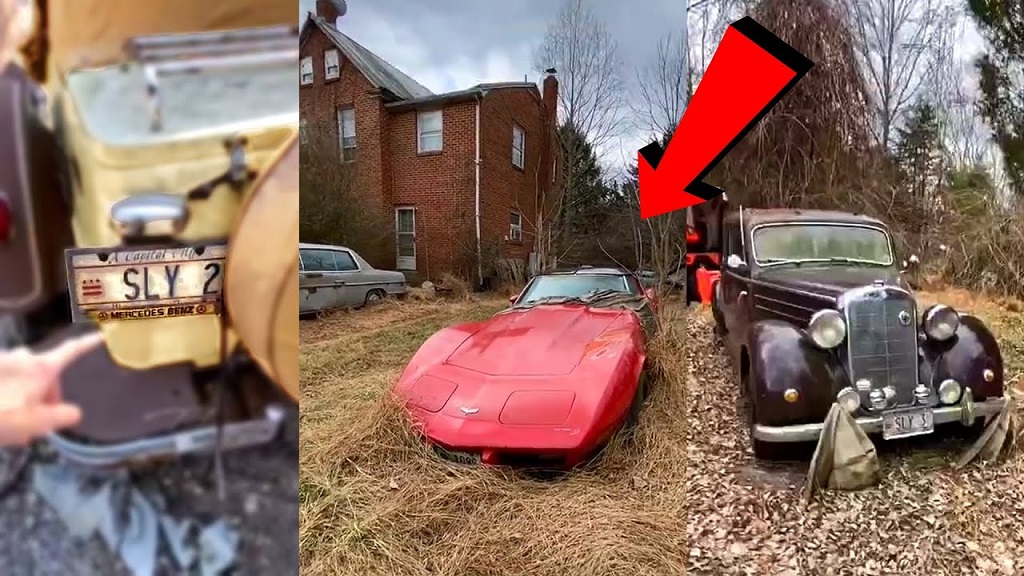10050 Cielo Drive. The address itself evokes a chilling sense of dread, forever intertwined with one of Hollywood’s most horrific crimes. This wasn’t just a house; it was a symbol of the carefree, glamorous lifestyle of the late 1960s, a haven for rising star Sharon Tate and her husband, the acclaimed director Roman Polanski. But on a sweltering August night in 1969, this idyllic sanctuary became a scene of unimaginable violence, forever staining its history and leaving an indelible mark on those connected to it.
The house, nestled in the secluded Benedict Canyon area of Los Angeles, was a French Normandy-style cottage, exuding rustic charm with its wood-beamed ceilings and stone fireplaces. Leased by Polanski and Tate in 1968, it was a place where the young couple entertained their circle of celebrity friends, a revolving door of actors, musicians, and artists. The atmosphere was one of creative energy and youthful optimism, reflecting the spirit of the era, during which Roman Polanski’s career flourished, eventually contributing to his impressive Polanski net worth.
Sharon Tate, a radiant actress on the cusp of stardom
She was eight-and-a-half months pregnant, eagerly awaiting the arrival of her first child. Polanski, fresh off the success of “Rosemary’s Baby,” was in Europe working on his next film. The house was filled with the promise of new beginnings, a stark contrast to the darkness that was about to descend.
On August 9th, 1969, members of the Manson Family cult, led by Charles “Tex” Watson, invaded the Cielo Drive home. What followed was a night of unspeakable brutality. Tate, along with four others – Jay Sebring, Wojciech Frykowski, Abigail Folger, and Steven Parent – were brutally murdered. The gruesome details of the crime shocked the world and shattered the illusion of peace and love that had characterized the 1960s.
Polanski returned to an empty house, the scene of a horrific crime that had taken his wife and unborn child. The tragedy cast a long shadow over his life and career, a constant reminder of the senseless violence that had shattered his world. He would later say, “It is difficult for me to elaborate on the impact this event had on my life. It was such a shock that it is difficult to describe. It was a catastrophe.”
The house at 10050 Cielo Drive became a macabre tourist attraction, drawing morbid curiosity seekers. Its subsequent owners struggled to escape the stigma of its past. Eventually, the house was demolished in 1994, an attempt to erase the physical reminder of the tragedy. A new residence was built on the site, with the address changed to 10066 Cielo Drive, hoping to sever the connection to the horrific events of 1969.
But the story of 10050 Cielo Drive continues to fascinate and horrify. It serves as a chilling reminder of the dark underbelly of society, the fragility of life, and the enduring power of evil. The house may be gone, but its legacy lives on in countless books, films, and documentaries, ensuring that the tragic events of that August night will never be forgotten.
Beyond the Physical Structure:
The story of Roman Polanski’s house transcends the bricks and mortar of 10050 Cielo Drive. It raises questions about the nature of evil, the impact of trauma, and the enduring fascination with true crime. It also serves as a cautionary tale about the dangers of celebrity and the vulnerability of those in the public eye.
For Polanski, the tragedy was a defining moment in his life, shaping his artistic vision and personal struggles. He has grappled with the guilt of not being present to protect his wife and child, a burden he has carried for decades. His subsequent films often explore themes of paranoia, violence, and the dark side of human nature, reflecting the profound impact of the murders on his psyche.
The Tate-LaBianca murders, as they came to be known, also exposed the darker side of the counter-culture movement. The Manson Family, with their twisted ideology and propensity for violence, shattered the image of peace and love associated with the hippie generation. The murders served as a wake-up call, revealing the potential for darkness lurking beneath the surface of even the most idealistic movements. Similarly, in the world of sports, figures like Tyreek Hill have sparked discussions about the complexities of public perception versus reality, showcasing how even celebrated individuals can have controversial aspects.
The Enduring Legacy:
The tragedy at 10050 Cielo Drive continues to resonate today, captivating and horrifying new generations. It has been the subject of numerous books, films, and documentaries, each attempting to unravel the complexities of the case and understand the motivations behind the senseless violence. Articles on platforms like Speakymagazine have also contributed to the ongoing fascination, offering fresh perspectives on the case and delving into its lasting impact on society.
The house itself has become an iconic symbol of tragedy, its image forever associated with the horrific events of that August night. Even though it no longer stands, its legacy lives on, a chilling reminder of the fragility of life and the enduring power of evil.
The story of Roman Polanski’s house is a story of love and loss, of innocence and brutality. It is a story that continues to fascinate and disturb, forcing us to confront the darkest aspects of human nature and the enduring consequences of violence. It is a story that will forever be etched in the annals of Hollywood history, a haunting reminder of the night terror visited 10050 Cielo Drive.





